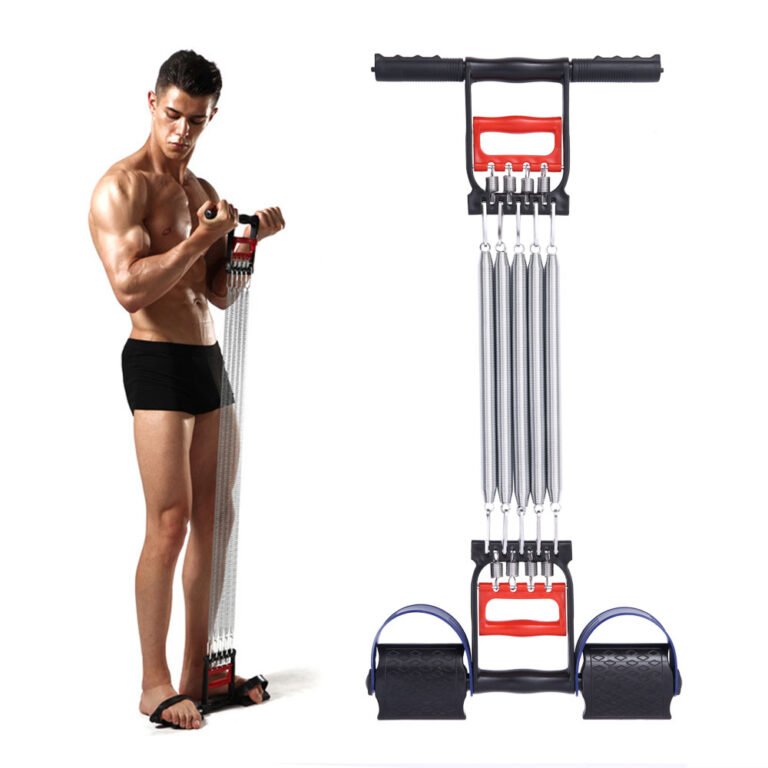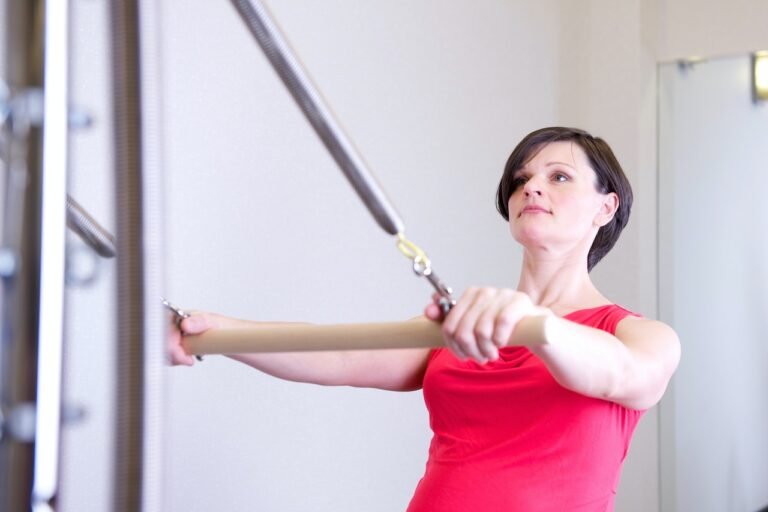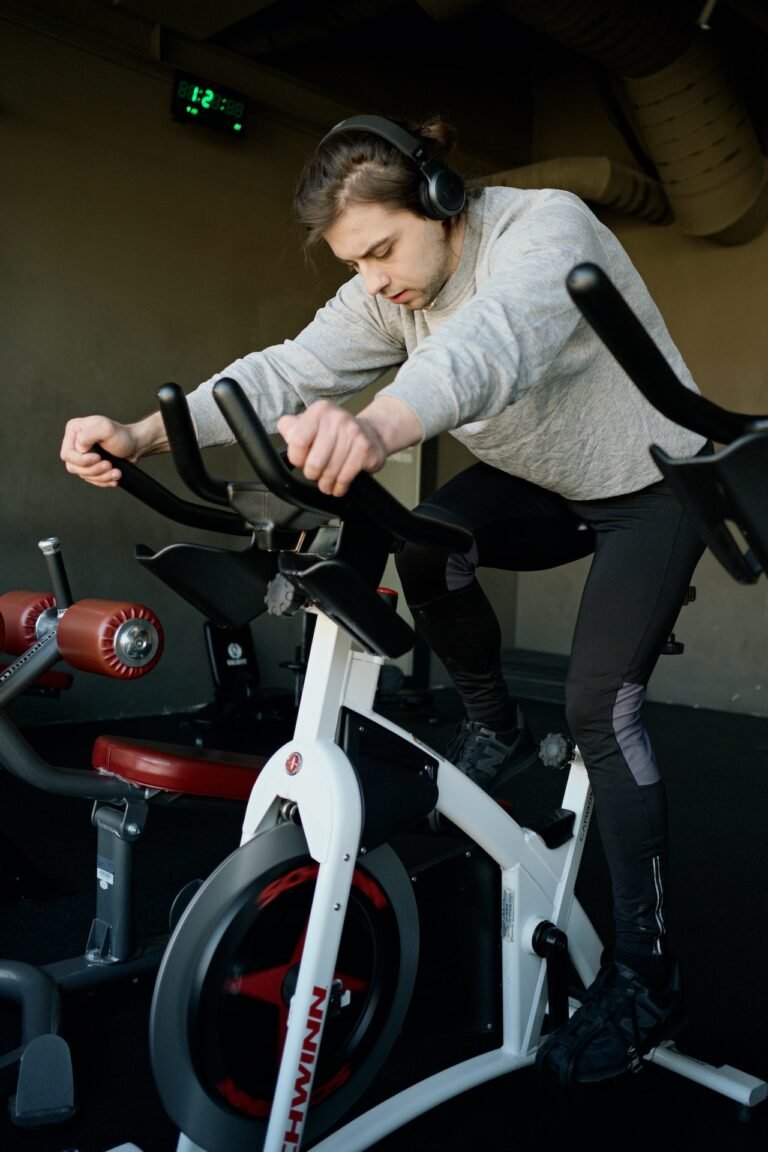Belt Squat Attachment: Elevate Your Fitness Routine & Ensure Spinal Health
The world of fitness is ever-evolving, bringing forward innovative equipment designed to enhance and simplify workouts. Among these, the belt squat attachment stands out. Not only does it promise to take your lower body workouts to the next level, but it’s also versatile, fitting seamlessly into most gym settings.
The Benefits of Using a Belt Squat Attachment in Your Workouts
Now, you might wonder, why incorporate this attachment into your routine? Firstly, this tool takes the load off your spine. Unlike traditional squats, which can put pressure on your back, the belt squat attachment distributes weight around your hips, making it a safer option. Moreover, it allows for targeted muscle engagement. Your glutes, quads, and hamstrings get a more isolated workout, ensuring optimal muscle growth.
Why the Belt Squat Attachment is a Game Changer for Leg Days
Transitioning to leg days, many dread the daunting task due to the intensity and possible strain on the back. However, with this attachment, leg days become less intimidating and more efficient. The weight is shifted from your shoulders to your hips, offering a more natural squatting position. Thus, it ensures that the primary focus remains on your legs, making every rep count.
How to Properly Use the Belt Squat Attachment for Maximum Results
For those unfamiliar, it’s crucial to use this tool correctly. Begin by adjusting the belt to fit snugly around your hips. As you descend into a squat, ensure that your back remains straight and your knees don’t go past your toes. Keep your chest up, and push through your heels on the ascent. Consistency and proper form will undoubtedly yield the best results.
Belt Squat Attachment vs. Traditional Squats: Which Is Better?
It’s essential to note that neither is universally “better”. Both have their merits. Traditional squats engage the entire body, especially the core. On the other hand, the belt squat attachment allows for a more focused leg workout and is kinder on the spine. Depending on your goals and physical condition, you might opt for one over the other, or even incorporate both.
Avoiding Injuries: Safety Tips When Using the Belt Squat Attachment
Safety should always be a priority. Firstly, always ensure that the belt is securely fastened and the weight is evenly distributed. Secondly, warm up adequately before starting your routine. Stretching and a few body-weight squats can prep your muscles. Lastly, never overdo it. While it’s tempting to push the boundaries, listening to your body and understanding its limits is key.
The Top 5 Belt Squat Attachment Exercises for Glute and Quad Development
Firstly, the belt squat attachment isn’t just for squats. There are multiple exercises you can perform, targeting different muscles. Here are the top five exercises for robust glute and quad development:
- Standard Belt Squats: The foundational exercise, it mimics the motion of a regular squat but reduces the stress on the back.
- Walking Lunges with Belt: Using the attachment, this variation increases resistance, making each lunge more challenging.
- Side Step Squats: These engage the inner and outer thighs, adding diversity to your regimen.
- Box Squats with Belt: Sitting on a box or bench between reps ensures more profound muscle engagement.
- Single-leg Belt Squats: This exercise adds an element of balance, targeting each leg individually for even muscle development.
Setting Up Your Home Gym? Don’t Forget the Belt Squat Attachment!
Transitioning to the realm of home workouts has become a norm for many. Moreover, when decking out your home gym, it’s easy to be swayed by flashy equipment. However, sometimes simplicity paired with effectiveness is the key. The belt squat attachment is compact, versatile, and a must-have addition. Not only does it provide variety, but it also ensures targeted muscle development without demanding too much space.
Belt Squat Attachment: A Must-Have for Serious Weightlifters
Undoubtedly, weightlifters always chase the next challenge. The belt squat attachment offers just that. By shifting the weight from the upper body to the hips, it allows lifters to go heavy without straining the back. Additionally, it’s fantastic for those recovering from upper-body injuries, ensuring that their leg training doesn’t have to suffer.
Building Stronger Legs with the Power of the Belt Squat Attachment
In essence, this tool empowers users to cultivate leg strength, emphasizing the quads and glutes. Because it bypasses spinal compression, users can often lift more weight, deepening muscle engagement. Furthermore, the functional strength gained translates well into daily activities and other sports.
User Reviews: Best Brands and Models of Belt Squat Attachments in 2023
Lastly, as with any popular equipment, the market is teeming with options. Based on user feedback, a few brands stand out in 2023:
- FitPro Maximizer: Known for its durability and comfort.
- GymTech PowerLift: Praised for its easy setup and versatility.
- StrengthElite ProBelt: A favorite among professionals for its weight distribution.
Customizing Workouts: Combining Belt Squat Attachment with Other Exercises
Transitioning into more personalized workout routines has been the buzz in the fitness community lately. The beauty of personalizing one’s regime is the flexibility it offers, allowing for adjustments based on individual goals and preferences. One tool that has emerged as both versatile and effective in this realm is the belt squat attachment.
For those unfamiliar, a belt squat attachments are piece of equipment designed to offload weight from the spine while still targeting the lower body. The primary benefit? It allows individuals to squat heavy without the added spinal compression seen in traditional back squats. But the magic doesn’t stop there. Customizing workouts involves blending exercises, and this attachment proves to be a versatile ally.
Consider pairing the belt squat with a plyometric movement, like box jumps, for a strength and power combo. Or, transition from the belt squat directly into lunges for an added burn and to target stabilizing muscles. The possibilities are vast, and the attachment seamlessly integrates into various exercise combinations, delivering dynamic and effective routines.
From Beginners to Pros: Adapting the Belt Squat Attachment to Your Fitness Level
Every individual’s fitness journey is unique. Some are just starting, while others have years of experience under their belts. Thankfully, the belt squat attachment can be tailored to fit any fitness level.
For beginners, it’s a boon. Traditional squats can be intimidating, especially with concerns over form and potential injury. The belt squat simplifies the process. With the weight distributed differently, newbies can focus on nailing down their form without the added pressure of balancing a barbell.
Advanced users, on the other hand, might appreciate the change of pace and the unique challenges the attachment brings. By shifting the weight’s focal point, even seasoned athletes can find themselves challenged, ensuring that muscle adaptation continues and progress doesn’t stagnate.
The Science Behind the Efficacy of the Belt Squat Attachment
Beyond the apparent benefits, what does science say about this innovative tool?
At its core, the belt squat attachment’s primary benefit is its ability to alleviate spinal compression. Each time we load our backs with weights, like during a traditional back squat, our spine compresses under the load. Over time, this can lead to back discomfort or even injury.
Studies suggest that eliminating this spinal load, as the belt squat attachment does, can significantly reduce these risks while still providing the muscle activation needed for growth. The glutes, quads, and hamstrings are still heavily engaged, but without the associated spinal stress. It’s a win-win, backed by science.







